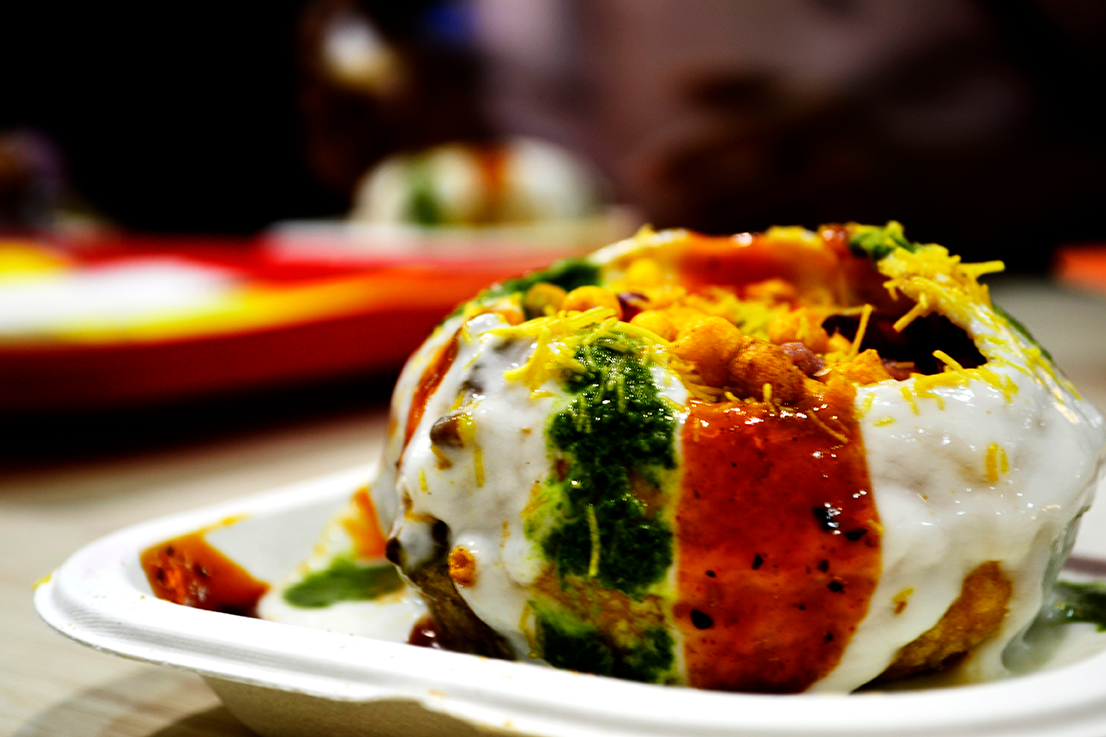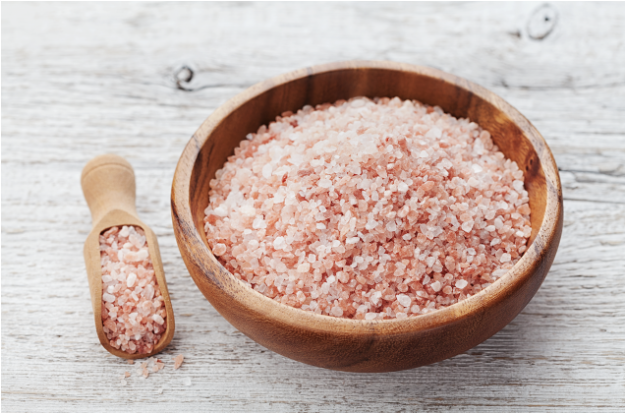6 traditional dishes during Navratri savoured across India
Navratri is a very special festive time in India. It kick-starts a chain of multiple festivities, joy, and religious celebrations. If you think Navratri is a festival limited to Gujarat, then you are highly mistaken. It is celebrated across India in different names and ways but the reason behind the religious celebration stays the same—win of good over evil.
Be it the grand Durga Pujo in West Bengal, Dandiya raas in Gujarat, Raavan Dahan in Delhi or the fascinating ritual of Kolu in Tamil Nadu—every celebration is associated its own significant flavoursome delicacies that are relished during these nine days while they fast. From old savouries to the newer sweets, here’s a list of six best traditional Navratri Dishes.
Sabudana Khichdi
Sabudana is one of the most popular sources of starch and it helps the devotees who are fasting attain the much-needed energy boost. Soaked Sabudana cooked with mild spices, peanuts, potatoes, and seasoned with black pepper is popular in most of Northern India. Instead of regular table salt, rock salt or sandha namak is used in the preparation as it is unprocessed and considered pure. Sabudana as an ingredient is very popular during Navratri and it is also used to prepare Sabudana Vada that also makes it a great Navratri snack.
Luchi with Aloo’r Dum
During the colossal Durga Pooja celebrations in Bengal that starts with Mahalaya, devotees turn to savour this delectable pair during the four main days of puja. Luchi, which is similar to ‘Poori’, is made only of maida. They are deep-fried and it is paired with aloo’r dum which is a divine combination of baby potatoes with ounces of onions, ginger, garlic, a mix of spices and garnished with herbs like basil, coriander and parsley. While in the north people follow a strict vegetarian diet during the nine days of Navratri, people in the east binge on a variety of non-vegetarian dishes.
Payasam
A crucial part of prasadam during Navratri is Payasam, a widely loved sweet delicacy in Tamil Nadu. This classical version of payasam is made using vermicelli along with milk, sugar, and cardamom powder. Other versions use moong daal or fragrant rice as the main ingredient. An arrangement of festive dolls and figurines on step-like structures that narrates a religious story, known as “Golu” is the highlight of Navratri down south. People call guests to their house to visit their Golu and are offered this sweet prasadam along with sundal, and fruits.
Kuttu ke atte ki Kachori
In most northern states of India, people who fast during Navratri avoid the consumption of grains, pulses and cereals. Kuttu ka atta, made from buckwheat, is a special fasting ingredient widely used to prepare wholesome dishes for devotees who fast throughout these nine days. Kuttu is a non-cereal flour and is lighter than regular atta. The kachori is stuffed either with stuffing made of cottage cheese or potatoes cooked in mild spices, and later deep fried in oil. To enhance the taste, people add a sprinkle of black pepper or chillies to it and savour it with yogurt.
Falahari Arbi
Arbi, popularly known as ‘Taro Root’ in English, is one of the most popular vegetables that qualifies to be savoured during the scared days of Navratri. Arbi is cut into thin pieces, washed and par boiled. It is then cooked in a paste made of tomato, green chillies and ginger, along with coriander seeds, cumin seeds, grated ginger, paprika, and seasoned well with rock salt. Light garnishing with herbs and served with kuttu ki roti or singhare ki roti makes for an amazing meal during Navratri. Adding other spices to enhance the taste makes it a healthy and lip-smacking option for devotees.
Sundals
Legumes tempered with grated coconut and mild spices are the highlight of Andhra Pradesh and Tamil Nadu during Navratri festivities. Varieties of sundal made of chickpeas, chana daal, moong daal, green gram, cow peas, filed beans, sweet corn, etc are prepared and given as prasadam during all the nine days of Navratri. The preparation is also fairly simple. The legumes are soaked overnight and cooked enough till they are soft, but not mushy. It is then tampered with mustard seeds, curry leaves, green or red chillies, chilli flakes, salt, and a dash of asafoetida.




